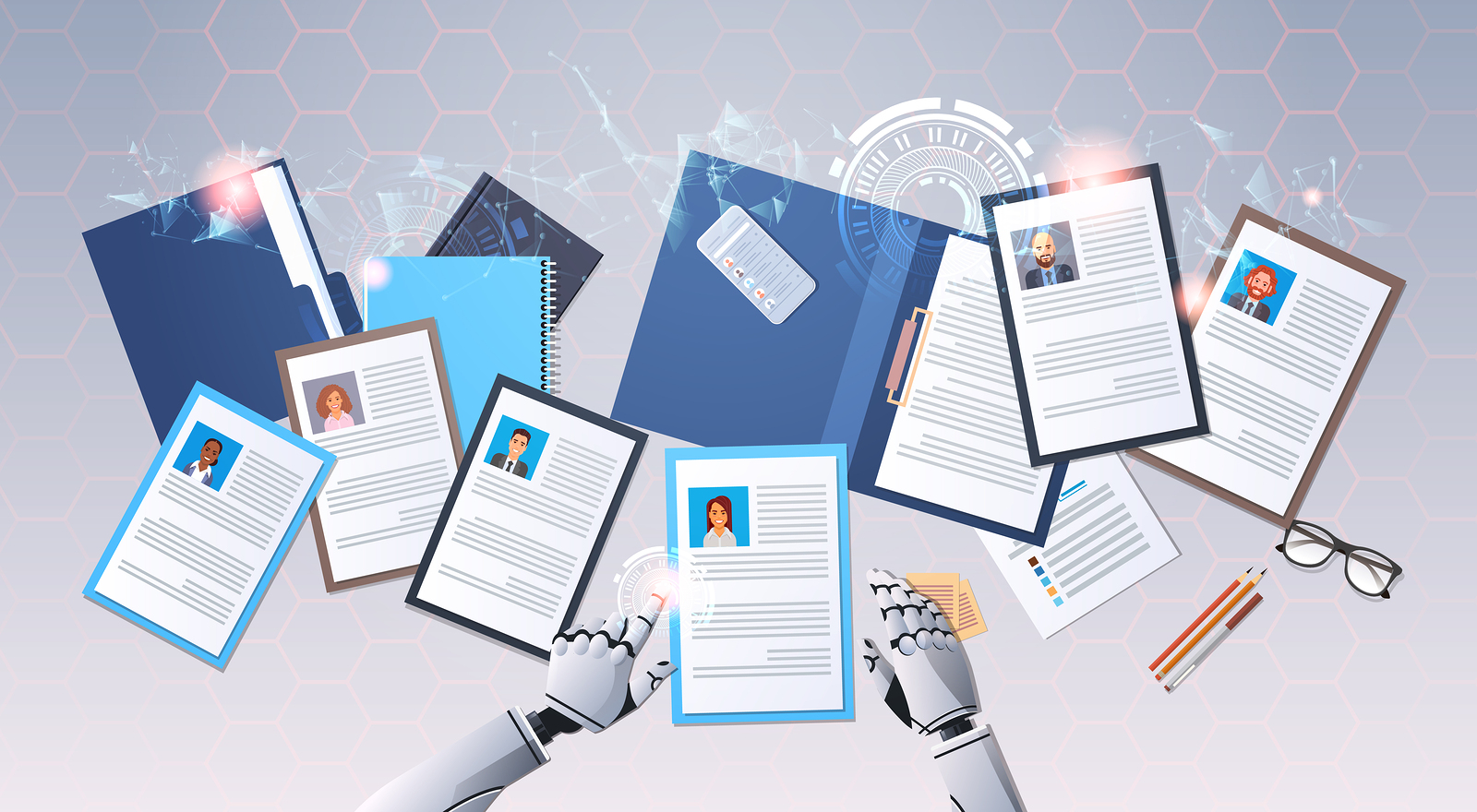
Companies strive to attract top talent and present an attractive employer brand by highlighting the inclusiveness and opportunity in their workplaces. The sad reality, however, is that unconscious bias remains a huge roadblock to achieving unbiased company cultures.
Unconscious biases can cause us to have predetermined notions of what an ideal employee or boss looks like. The effect? HR teams and leaders are vulnerable to making the wrong decisions.
Unconscious bias impacts key workforce judgments that inform how we lead and handle (potential) employees. For example, hiring managers often opt for candidates that look and think like them or have a similar background. Favoring an employee who went to the same university as them is a common accusation thrown at managers.
While organizations have been investing heavily in training for employees, human habits, especially unconscious ones, are tough to turn around.
This is where AI comes in. It’s through AI-fuelled technology that HR will be able to offset many concerns around inherent human predispositions as AI increasingly augments people processes.

AI: The Great Hope for Genuinely Inclusive Companies in the 2020s
While a lot has been written about the current shortcomings of artificial intelligence in playing a significant role in creating unbiased mechanisms and tools that influence human decisions – like the use of questionable data sets in the creation and validation of AI models – we must remember that machine learning is still in its infancy. The potential remains huge!
AI-fueled HCM and culture benefits technology has the potential to educate key strategy and talent decisions made by HR, leaders and employees in the 2020s in objective ways. We are not too far from AI that’ll make relevant information available at key stages in the decision-making process; helping the parties to rely less on ill-informed intuition and more on cold, hard data.
For example, machine learning algorithms embedded in tools and applications exist today to reduce individual bias by helping line managers and HR choose interviewer panels. Language-intelligent mediators can recommend text substitution in job ads to help attract a gender-balanced candidate pool. AI-enabled tools can also be used to analyze corporate and market data and recommend the appropriate salary range to prevent disparities across employees of different genders or ethnicities.
I recently interviewed Elizabeth M. Adams, Stanford University Fellow: Race & Technology and Co-Chair of the Black Employee Network about the impact of AI in the workplace and how technology will augment HR functions much more in the coming years.
Elizabeth is a Diversity & Inclusion in Artificial Intelligence practitioner, advisor, consultant, speaker, writer, and author. She has facilitated Diversity & Inclusion learning events focused on racial and gender bias in Facial Recognition Technology, Video Surveillance, Predictive Analytics and Children’s Rights.
In the soon-to-be-released HRchat episode Elizabeth outlined ways D&I leaders can increase awareness and the representation of diverse and inclusive perspectives in artificial intelligence. Elizabeth suggested six main areas where Diversity and Inclusion leaders can gain exposure to AI, expand leadership influence and make an impact to company culture.
About the Author
Bill Banham is Editor and Publisher at The HR Gazette magazine, Co-Founder of the InnovateWork event series for HR, Talent and Tech pros and President at Iceni Media Inc. He has 13+ years experience in B2B publishing and events. He is also an advisor to HR tech companies such as Espresa. Bill’s previous roles include Editor at HRreview magazine and Marketing Manager at Sprigg, the performane management tech platform.
